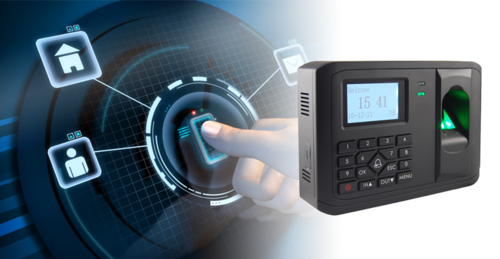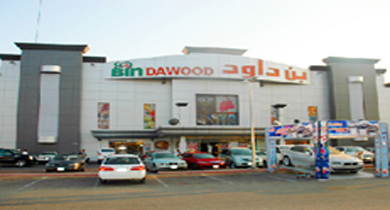ACCESS CONTROL SYSTEMS

Access Control systems can be simply defined as the process by which security staff control who enters and leaves the premises and when.
Access control technically includes the time-honoured mechanical lock and key, but when people talk about access control in the modern security industry, they mean sophisticated electronic turnstiles, gates, wireless locks and other barriers.
Keys can be lost, stolen and copied, leaving assets vulnerable and requiring an expensive change of locks. Happily, when an electronic access card is lost or stolen, access rights can be withdrawn immediately, rendering the card inactive. Should thieves gain access before a theft is noticed, operators can identify when they breached security and – if there are multiple access points – where in the building they are at any given time.
Modern access-control systems also offer flexible access rights. For example, while all staff can generally gain access through a building’s main entrance, access to certain internal areas may be restricted to those with relevant authority. Access can also be restricted to specific time periods.
he plastic access card has long been the dominant form of identity verification. While they still govern access for most installed systems, biometric solutions – usually authenticating identity through facial, fingerprint and iris recognition – are becoming more reliable, affordable and widespread.
- Cloud-based access control systems
- Mobile or smartphone-based access control systems
- IoT-based access control systems
































